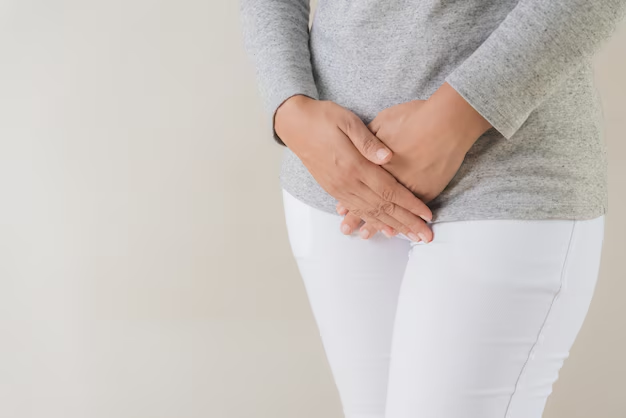Understanding the Causes of Stress Incontinence: What You Need to Know
Stress incontinence can be an unwelcome intruder in the lives of many, leading to moments of discomfort and embarrassment. Understanding the root causes of stress incontinence is crucial in managing and mitigating its impacts.
What is Stress Incontinence?
Stress incontinence occurs when involuntary leakage of urine happens during physical activities that put pressure on the bladder, such as coughing, sneezing, laughing, or exercising. This common condition is primarily associated with the weakening of the muscles that support the bladder and urethra.
Key Causes of Stress Incontinence
1. Weak Pelvic Floor Muscles:
One of the central culprits behind stress incontinence is the weakening of the pelvic floor muscles, which support the bladder and urethra. Factors leading to muscle weakening include:
- Childbirth: The strain from pregnancy and vaginal delivery can significantly weaken pelvic floor muscles.
- Aging: As you age, muscle tone tends to decrease, including that of pelvic muscles, increasing the risk of stress incontinence.
- Menopause: The drop in estrogen levels during menopause can also contribute to muscle weakening.
2. Increased Abdominal Pressure:
Certain scenarios can elevate abdominal pressure, contributing to stress incontinence:
- Obesity: Excess weight increases pressure on the bladder and surrounding muscles, exacerbating the risk.
- Chronic Cough: Persistent coughing from respiratory conditions can strain the bladder and pelvic muscles.
- Strenuous Activity: High-impact exercises can lead to undue pressure on the bladder, especially if done without proper pelvic support.
3. Surgical Interventions:
Pelvic surgeries, such as hysterectomy, may affect the pelvic floor muscles or nerves, leading to stress incontinence.
4. Genetic Factors:
A family history of urinary incontinence may predispose individuals to similar issues, indicating genetic influence.
Addressing Stress Incontinence: Looking Beyond the Surface
Understanding and addressing stress incontinence often extends beyond medical intervention, calling for lifestyle adjustments and sometimes financial considerations. Many people overlook how financial stress can compound health issues, creating a cycle where stress incontinence triggers more stress. This can particularly impact individuals facing unexpected medical expenses due to incontinence.
Explore Financial and Educational Support Options
If stress incontinence, or its associated costs, has become a financial burden, there are helpful resources to explore:
Government Aid Programs: Investigate programs like Medicaid and Medicare, which may cover specific treatments or supplies for managing incontinence.
Financial Assistance for Health Care: Look into non-profit organizations offering financial help to those dealing with chronic health conditions.
Debt Relief Options: If medical bills have spiraled, consider debt counseling services that can help in negotiating or reducing health-related debts.
Educational Grants: If your career or education has been disrupted by health issues, educational grants or scholarships can provide pathways back to vocational or academic fulfillment.
Embracing these resources not only helps manage the financial impacts of health conditions like stress incontinence but can also alleviate some of the stress associated with managing those conditions. Awareness and proactive steps empower individuals to regain control over their health and wellbeing.
Helpful Resources for Financial and Educational Support
💡 Government Programs:
- Medicare / Medicaid for medical support
- State disability insurance for temporary coverage
💳 Debt Relief Solutions:
- Non-profit credit counseling
- Medical debt negotiation services
🎓 Education and Career Support:
- Scholarships for health-affected individuals
- Vocational training programs
🤝 Non-profit Assistance:
- Charities offering financial aid for healthcare needs
- Community support groups
Understanding the multifaceted nature of stress incontinence, alongside the financial burdens it may entail, equips you with the foresight to address and alleviate its impacts. Take advantage of the resources available—because managing stress incontinence is about blending physical health solutions with financial and educational empowerment.

Related Topics
- a Patient You Are Caring For Uses Incontinence Briefs
- Are Incontinence Products Tax Deductible
- Are Incontinence Supplies Covered By Medicare
- Are Incontinence Supplies Tax Deductible
- Can a Bladder Infection Cause Urinary Incontinence
- Can a Kidney Stone Cause Incontinence
- Can a Urinary Tract Infection Cause Incontinence
- Can a Uti Cause Incontinence
- Can Constipation Cause Incontinence
- Can Constipation Cause Urinary Incontinence